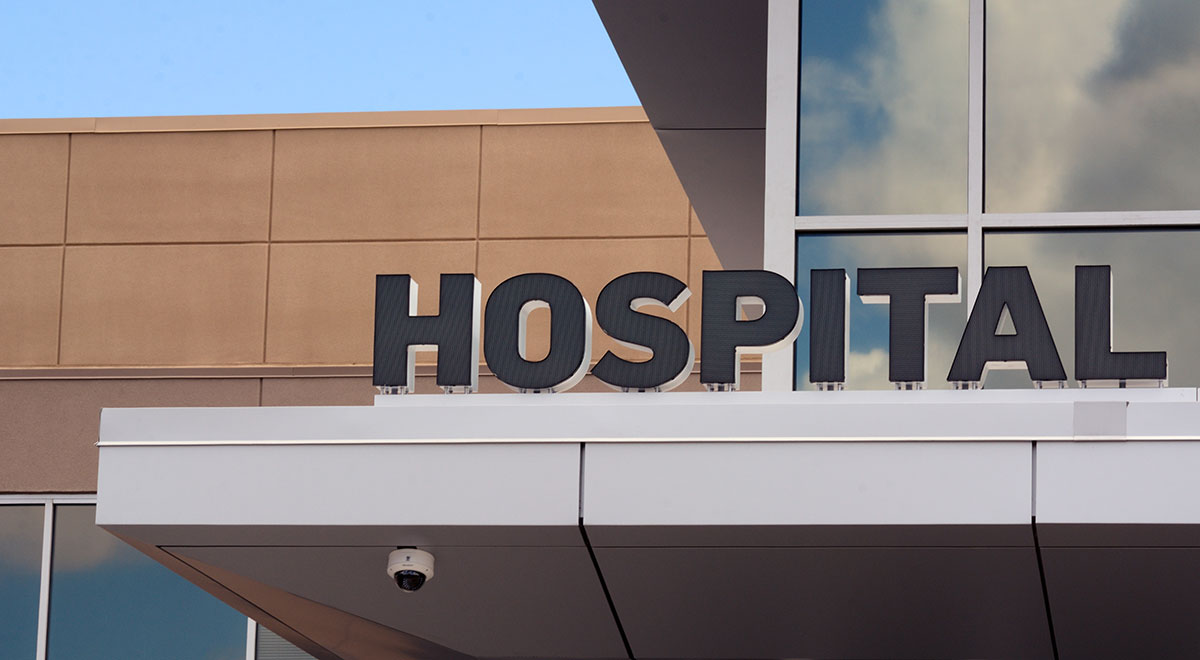Living and working in rural healthcare has shown me one of the most overlooked yet powerful truths about health: access is not just about having a clinic or hospital nearby. It is about having the means to get there. Transportation plays a crucial role in determining whether people can actually receive care, follow up with their providers, and manage chronic conditions. For many rural residents, the distance between home and healthcare services can mean the difference between early treatment and emergency care.
Transportation and healthcare are deeply connected, and the gaps between them create barriers that have real, human consequences. Addressing those gaps is essential if we want to build a more equitable and effective healthcare system for everyone.
The Hidden Cost of Distance
In rural areas, long drives are a part of daily life. Grocery stores, schools, and healthcare facilities are often miles apart, and public transportation options are limited or nonexistent. For many, especially seniors or those living on fixed incomes, the cost of fuel, vehicle maintenance, or even owning a car can be prohibitive.
When transportation becomes a barrier, appointments are missed, medications go unfilled, and preventive care takes a backseat. I have seen patients skip follow-ups for diabetes or hypertension simply because they could not find a ride. Others delay seeing a doctor until a condition becomes critical, requiring hospitalization. What may appear as noncompliance is often a matter of circumstance, not choice.
The reality is that healthcare cannot truly be accessible if people cannot physically reach it.
The Impact on Health Outcomes
Transportation barriers directly influence health outcomes. Studies consistently show that individuals who lack reliable transportation experience higher rates of chronic disease complications and lower rates of preventive screenings. This gap contributes to the broader health disparities we see between urban and rural populations.
Consider a patient who lives 40 miles from the nearest clinic. If they need regular dialysis, physical therapy, or prenatal care, that distance becomes a recurring obstacle. Each missed visit increases the risk of worsening health, emergency room visits, or long-term complications. The problem compounds when multiple specialists are involved, as patients must coordinate rides across different locations and schedules.
This cycle of inaccessibility deepens inequity. It is not enough to have healthcare services available in theory. They must be reachable in practice.
Creative Solutions Making a Difference
The good news is that communities across the country are finding innovative ways to bridge the transportation gap. Some rural hospitals and clinics have started partnering with local transportation services, offering ride-share programs or volunteer driver networks to help patients get to appointments.
Telehealth has also been a game-changer, particularly since the pandemic. While it cannot replace every form of care, it offers a practical alternative for follow-up visits, medication management, and mental health consultations. For patients with limited mobility or unreliable transportation, virtual care can be the difference between staying engaged in their treatment and falling through the cracks.
At QUICKmed, we have seen how small adjustments in accessibility can make a large impact. By coordinating with community organizations and leveraging mobile health services, we have been able to reach patients where they are instead of expecting them to come to us. This approach removes one of the biggest obstacles in rural healthcare—distance.
The Role of Policy and Infrastructure
Transportation challenges are not just a healthcare issue; they are an infrastructure issue. Rural areas often lack the investment needed to maintain reliable roads or public transit systems. Policy solutions must consider transportation as an integral part of public health.
Government-funded programs, such as non-emergency medical transportation (NEMT) through Medicaid, have been vital in connecting patients to care. However, these programs are often limited in scope, availability, and reliability. Expanding such initiatives and improving coordination with local healthcare providers could create a stronger safety net for rural populations.
Infrastructure funding that includes rural transit systems, community shuttles, and even partnerships with private transport companies can transform accessibility. When transportation becomes part of the healthcare conversation, we move closer to achieving true equity in access.
Community Collaboration is Key
Solving transportation barriers requires collaboration between healthcare systems, local governments, community organizations, and residents themselves. Rural communities are often tightly knit, and that sense of unity can be harnessed to develop local solutions.
For instance, faith-based groups or nonprofit organizations can organize volunteer driver programs, while healthcare providers can offer flexible scheduling to accommodate long travel times. Businesses can contribute by supporting local transit initiatives or sponsoring ride programs for employees who need medical care. Every partnership adds a piece to the puzzle.
The key is communication. When healthcare providers understand the transportation challenges their patients face, they can plan care more effectively. This might mean combining multiple appointments into one trip, arranging telehealth check-ins, or coordinating prescription deliveries. Small adjustments, rooted in empathy and understanding, can have a tremendous impact.
A Vision for a More Connected Future
The intersection of transportation and healthcare access represents a crucial frontier for rural health innovation. To build healthier communities, we must think beyond the walls of hospitals and clinics. We must consider the roads, vehicles, and infrastructure that connect people to the care they need.
Imagine a future where rural patients can schedule rides as easily as appointments, where telehealth is universally available, and where community-based care models bring services directly to neighborhoods. This vision is achievable, but it requires commitment, investment, and collaboration across sectors.
As healthcare leaders, policymakers, and advocates, our role is to remove barriers, not simply treat the symptoms they create. When we ensure that transportation is no longer a reason someone goes without care, we take a meaningful step toward health equity.
Transportation may seem like a logistical issue, but for many, it is the bridge—or the barrier—to a healthier life. If we want to improve healthcare in rural America, we have to start by making sure everyone can get there.


